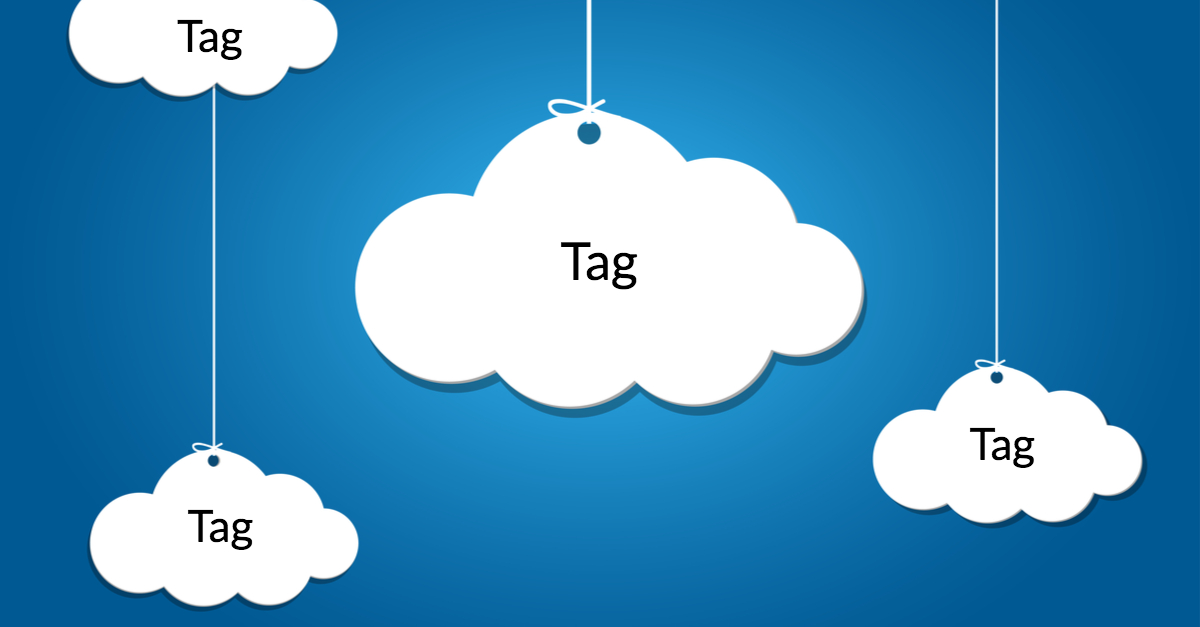Here is a very easy way to get your tagging under control. Simply use the AWS Console Tag Editor that is already available with your AWS console.
- Login to your console and click on “Resource Groups” then “Tag Editor“

- Find the resource to tag. Enter the regions that you would like to lookup resources in. For the resource types, I would recommend to start with the most important EC2 Instances. You can also search with existing tags. Useful options include “contains, not tagged and empty value” where you input the tag values.

- Select the resource you like to update. Be carful not to blindly select everything. Notice the download icon on the top right of the table, it allows you to download a csv of all of your resources with their current tags. This is actually the only place in the console where you can see and download a list of all of the resources that you have from all regions…

- Click on “Edit Tags for selected” and add/update the tags for all of the selected resources. Note, the screen shows your existing tags. If there are multiple resources with different values for the same tag, you will see “Multiple values.” Again, be careful. If you change it to a new value, it will remove old values for all of the selected resources. A workaround, is to tell the initial search not to include the already tagged resources. (Ex: Tags: Team, Value: Not tagged.) This will filter out the resources that are already tagged.

- Finally, click on “Apply changes.” There is no way to “undo” so make sure that you take your time. You may also want to click on the download icon and select option “Export all columns” before updating all of your resources. You will then be able to see all tags for each resource of that search.

Once you have all of your infrastructure following your tagging policy, make sure to implement some automation to enforce your policy.
That’s it! Click, search, update and you are done.




